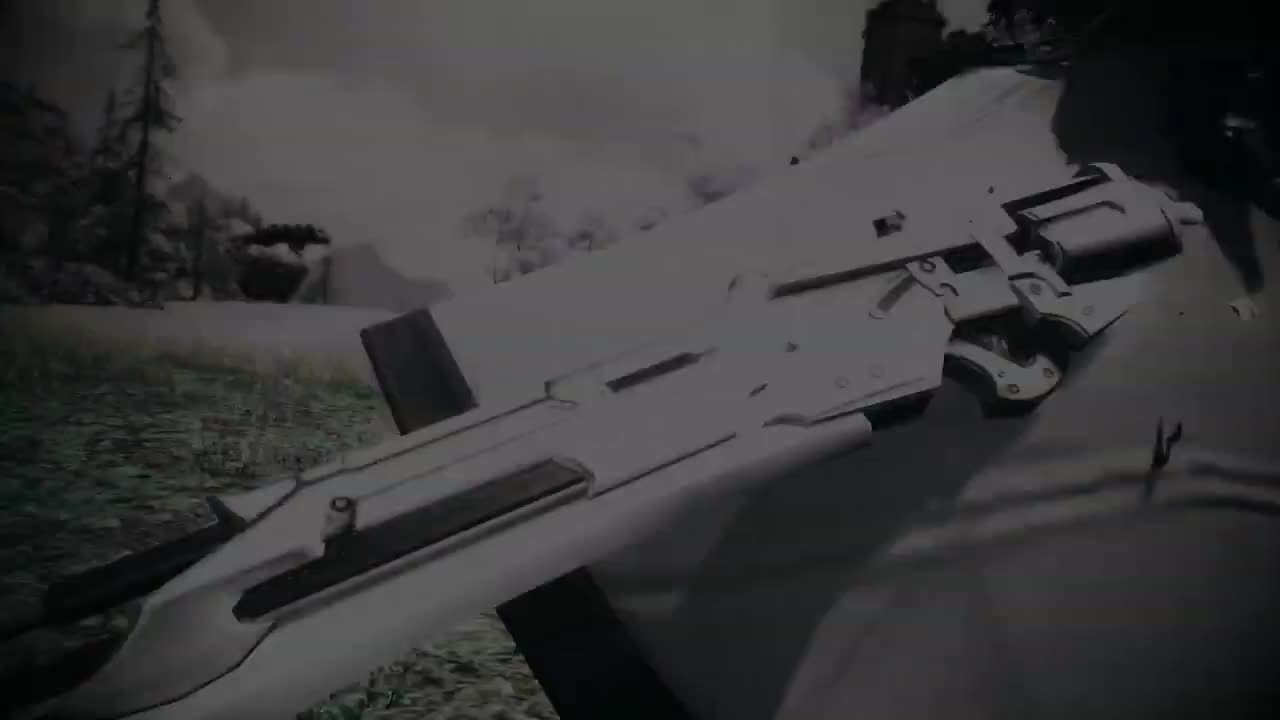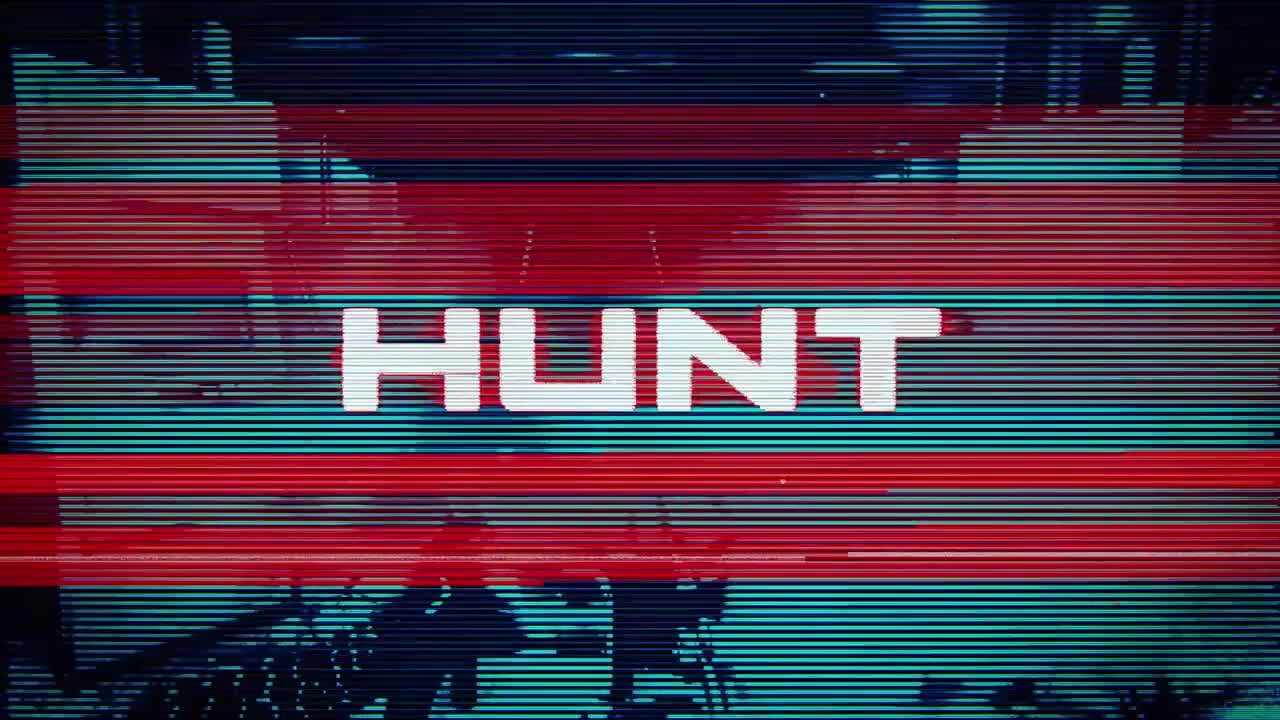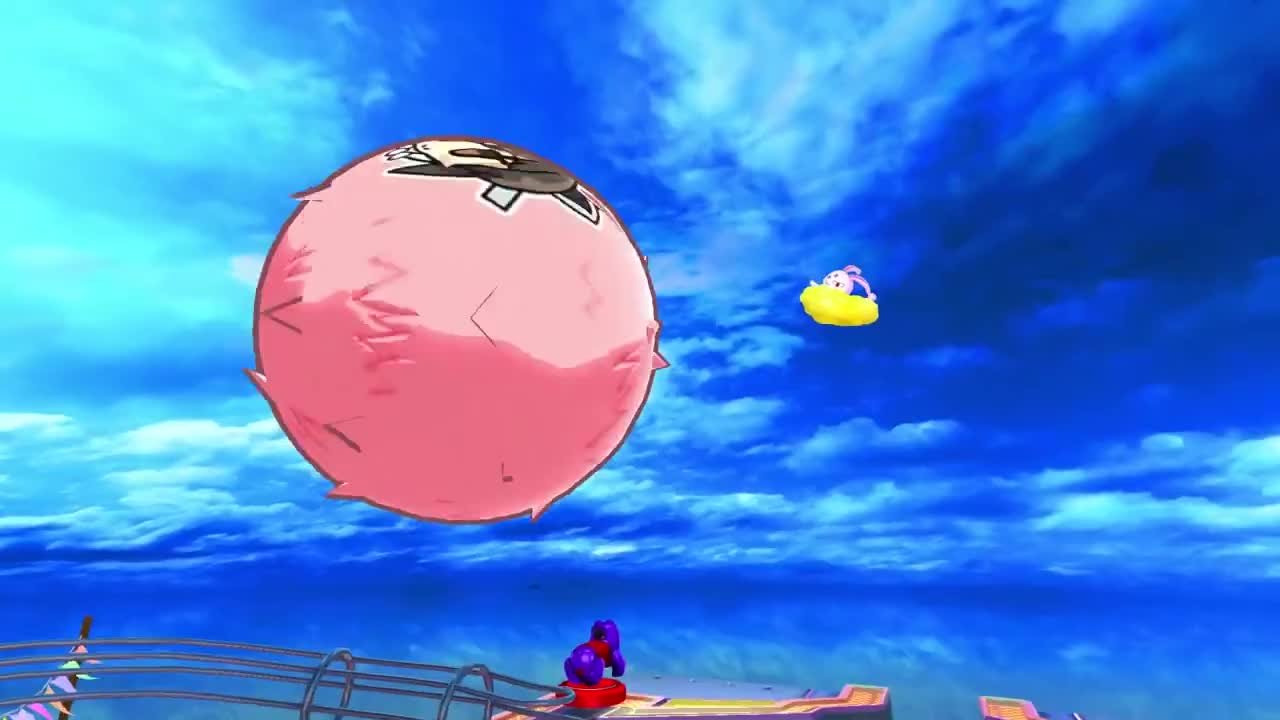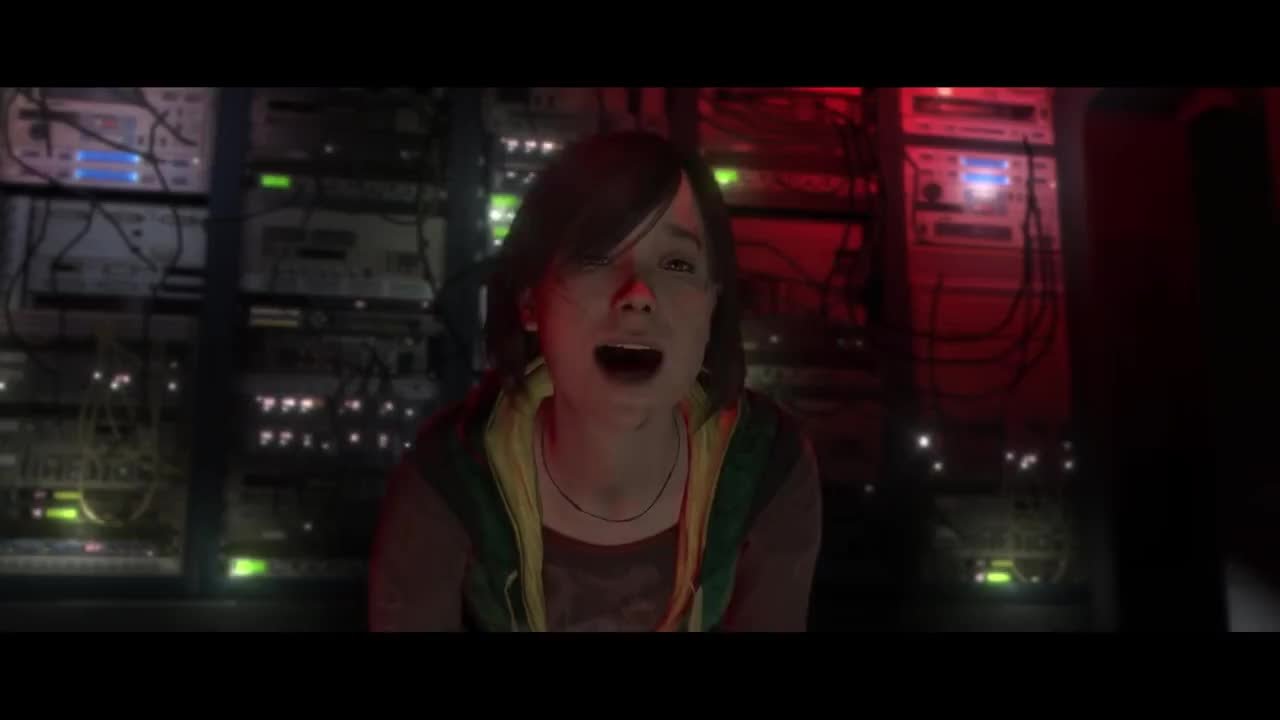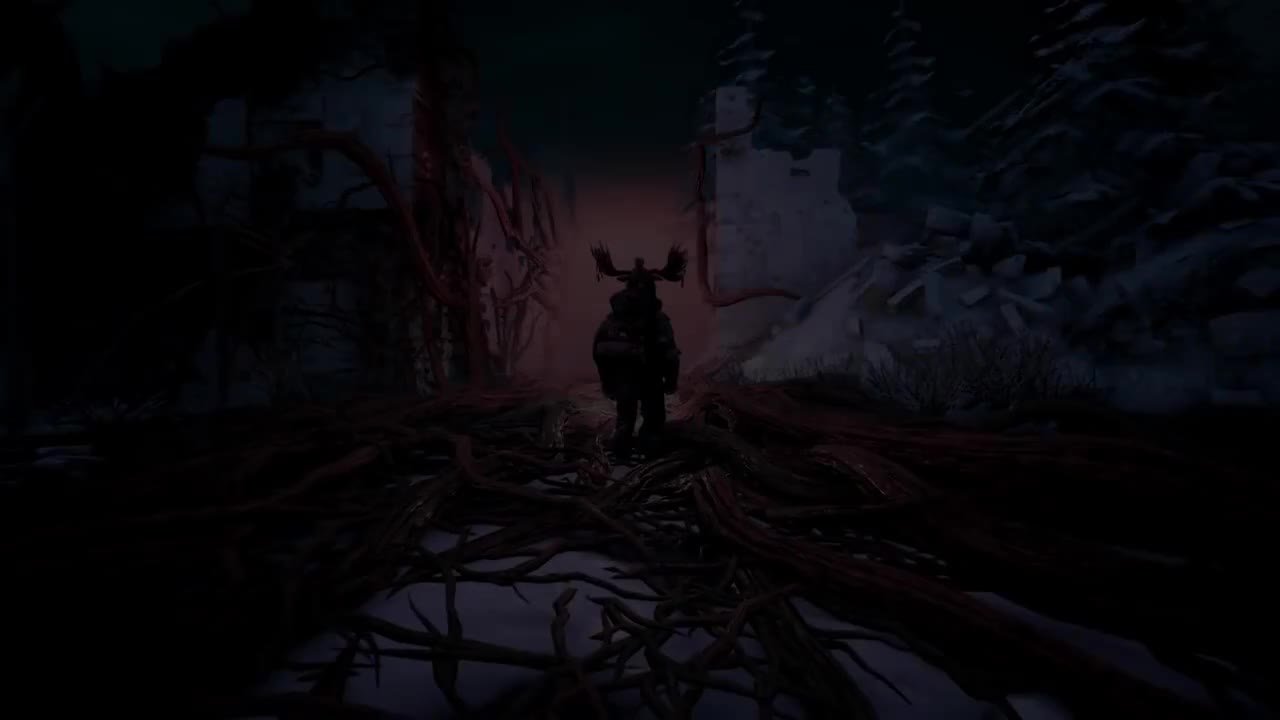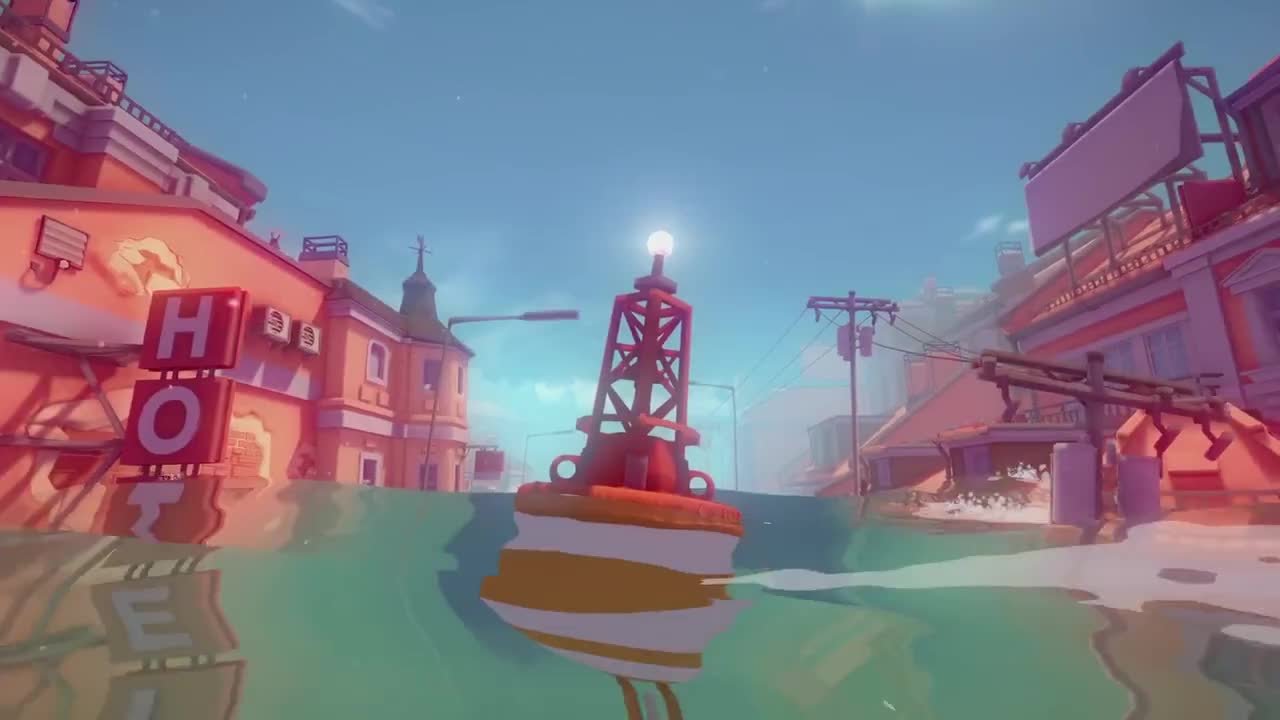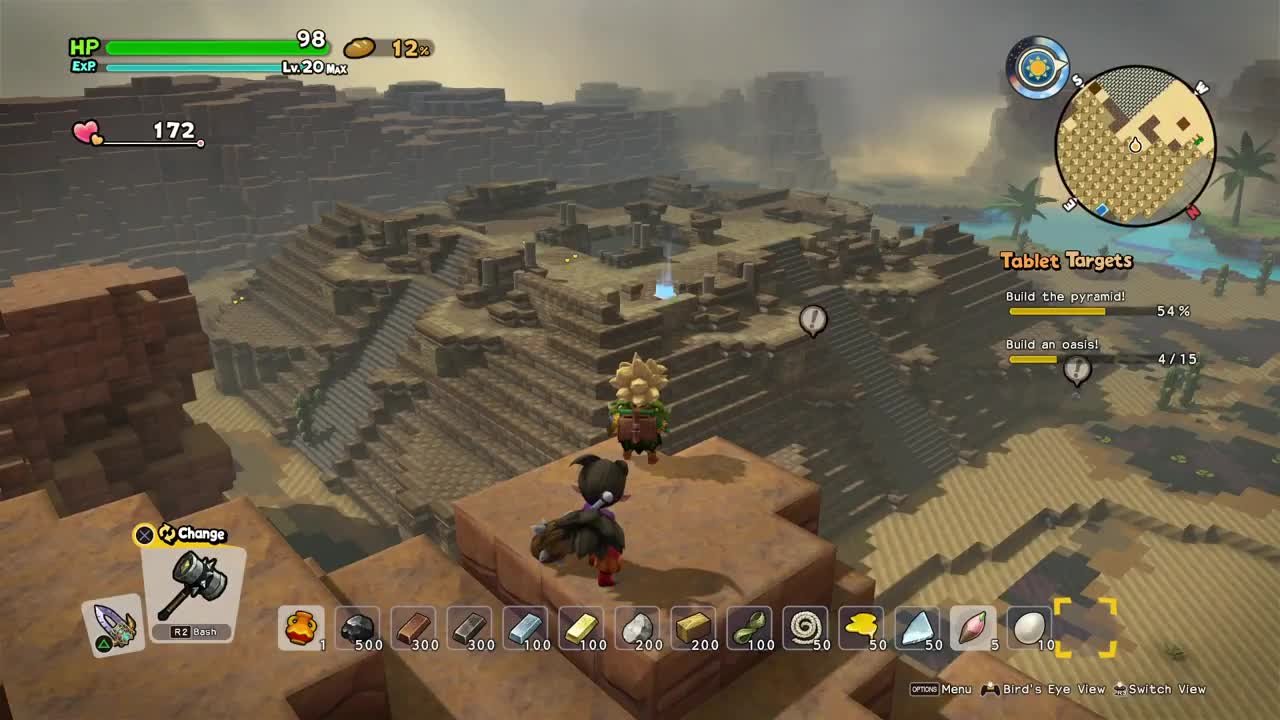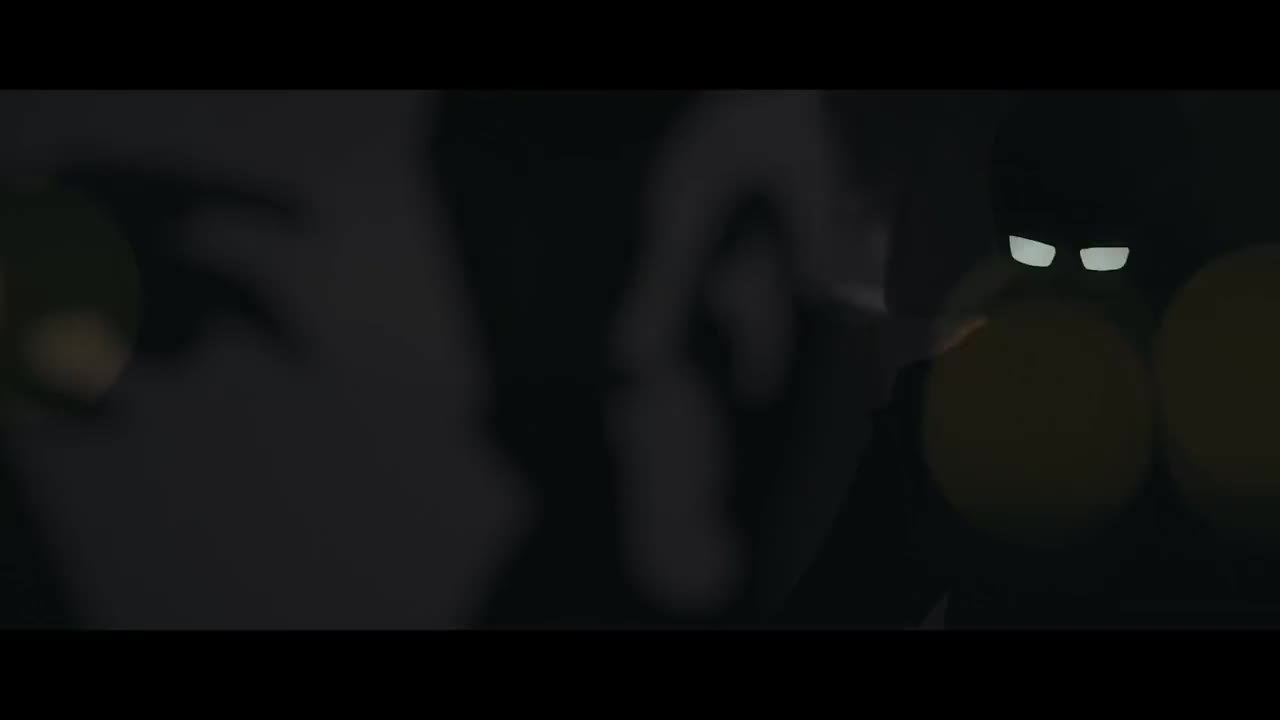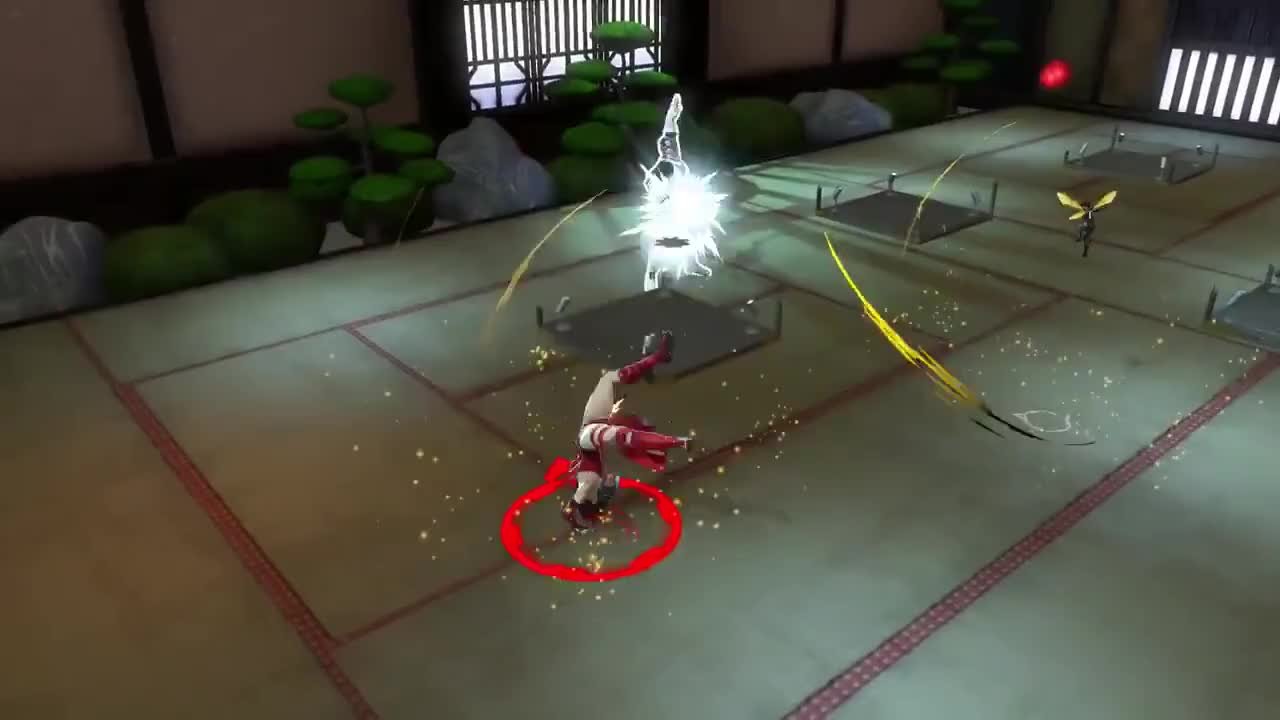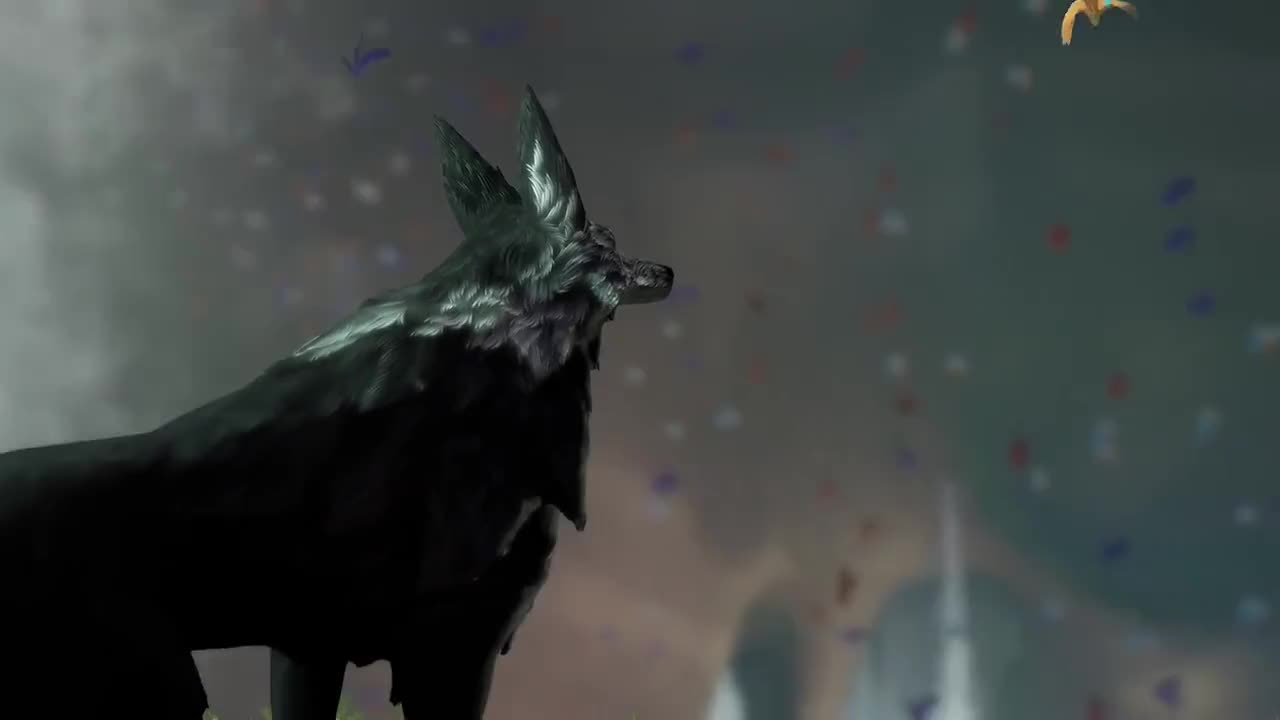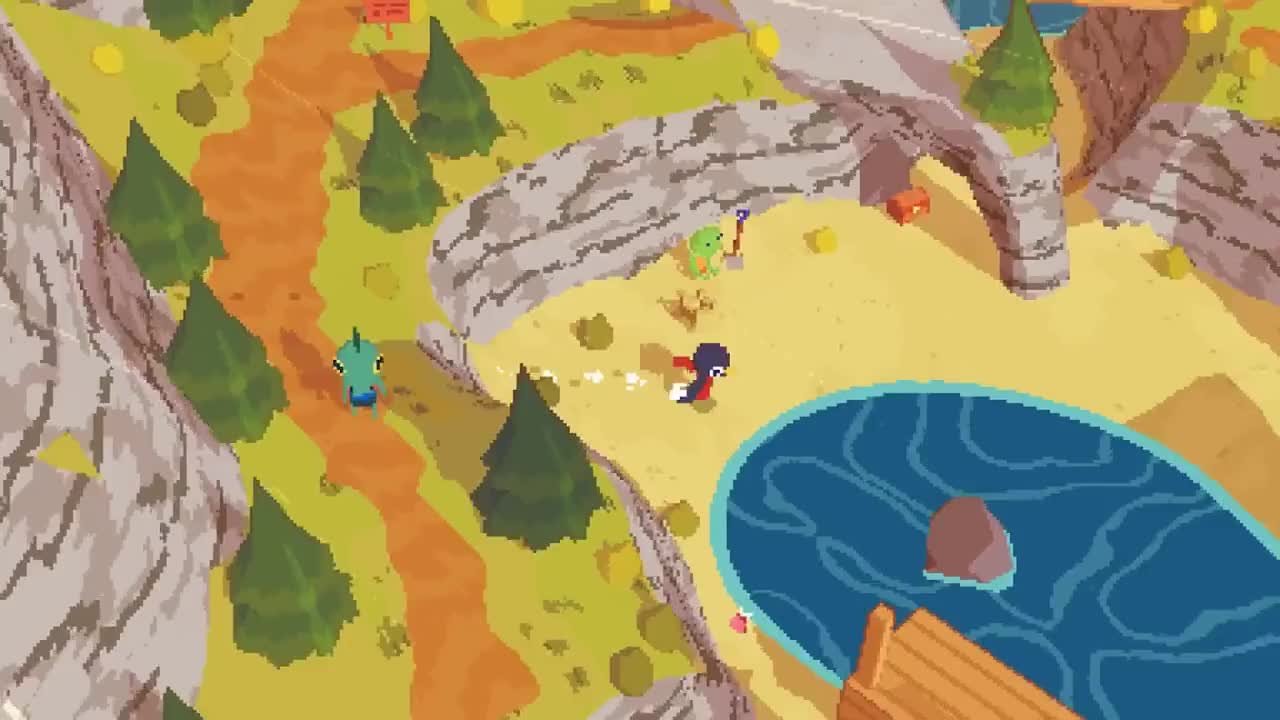Hey guys, it's me, BudgetvIncorporated, the creator of JTASGANG TRIGGER. I just want to point out that this game is cancelled due to being just flat-out bad. I guess you can call this rant on my own games, but whatever. This game was made back ALL the way back in 2020, when I was still going as "JTASGANG2009X" or "Mainia Man", and it never actually became a full, complete game, or I didn't bother to try pushing it to become a big game, and I should be glad it didn't. However, it WAS released onto itch-IO, flowlab, & newgrounds, and I did use multiple random engines, like GameFroot, Scratch, and GDevelop, when I don't know why I had to do this, I mean, all I can say is, these games look completely different to each other, and look nothing like what the thumbnail arts imply, and the only times it DID, was where the game felt super buggy, super glitchy, lazily done, super cursed, and lazily made. Don't even get me STARTED on the artwork, the art looks so bad, and cursed, words can't even describe just how bad the art is. It is basically my art style during this era. ESPECIALLY the cover arts. Not to mention that there were a TON of fake screenshots released on my DA before development even started, which were actually drawn with DA muro. The main protagonist of the game, JTAS, is just my Among Us sona I created back when I was into Among Us, and I don't know why, but I just did. He is basically just an Among Us version of the stickman OC (& my very first OC) I made when I first joined the internet, and I just decided to give him water powers for no reason, other than his pet, which I named it "Jewlzy". If I have to have only one good side of this game, I say it is the Soundtrack, which was made in DXC, during an earlier version. Although it sounds kinda a mix of the SNES, Genesis, N64, Gamecube, Undertale, Deltarune soundfonts, the soundtrack is alright. However, none of that soundtrack was actually USED in the game btw. Whenever I look back at this game, I started to realize just how much stupidity I put into the description of the game, how lazy, buggy and rushed the game felt, and how the media art is just dogwaters. The game is no longer availiable, due to my Itch IO accounts being deleted, and if this game were to become a franchise, trust me, it likely would just be a blatant rip-off of Chrono Trigger, as you can tell by the name. However, the enemies that originally were supposed to be in this game may reappear in future games, but NO. I will NEVER be bringing this game back.
